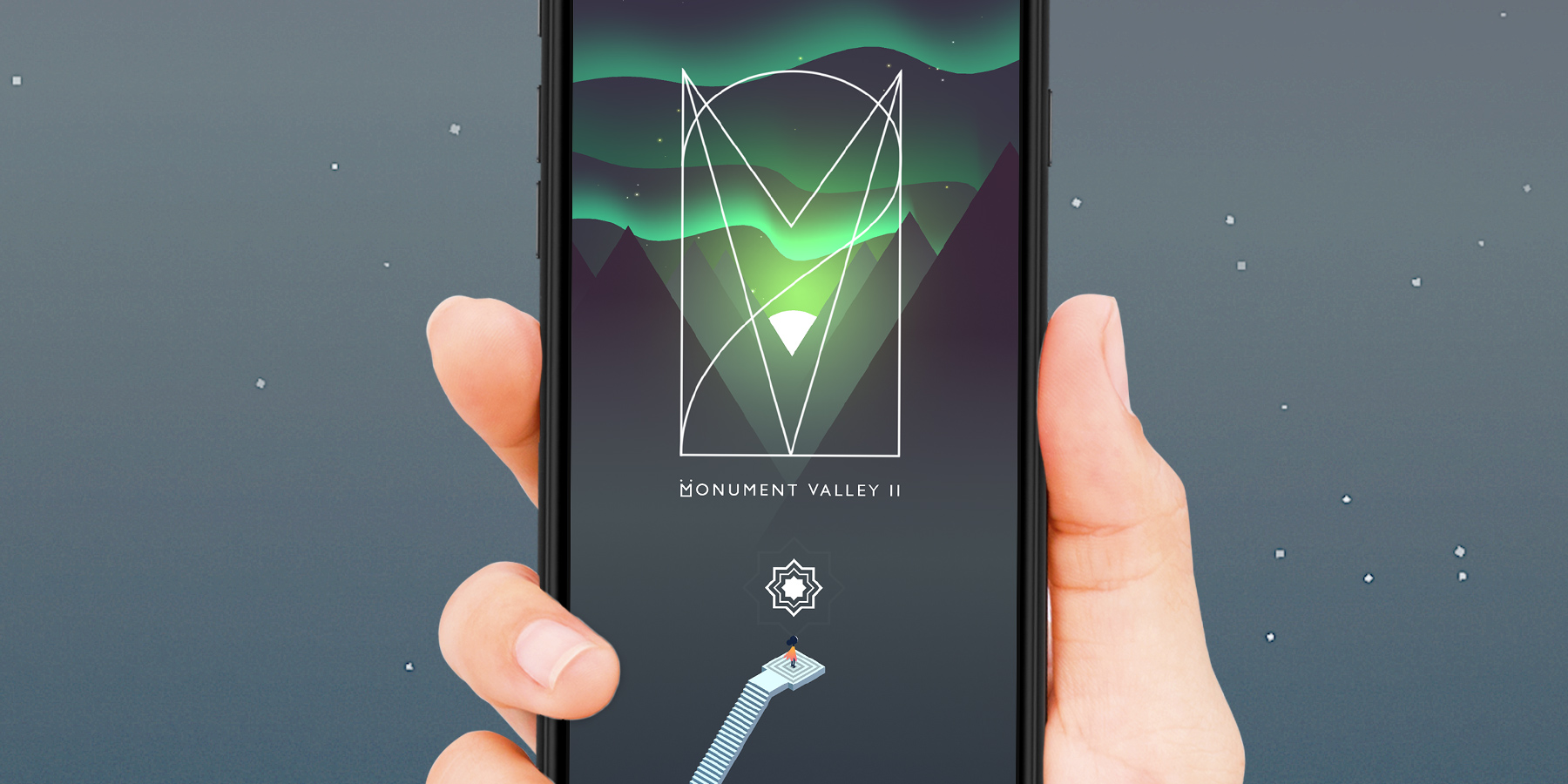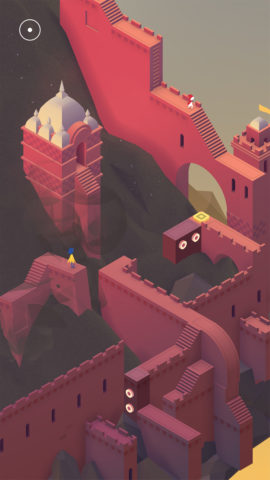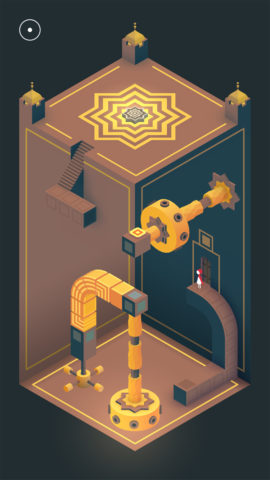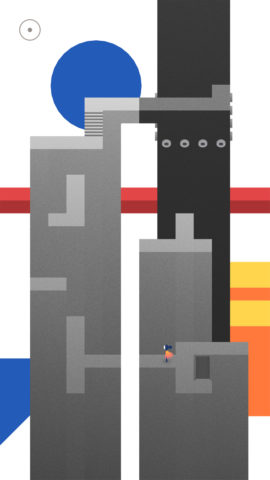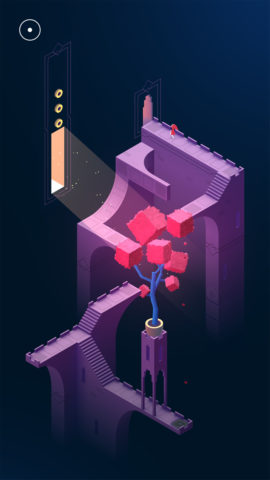The welcome return of Monument Valley’s impossible architecture
Price: $4.99 / £4.99
Version: 1.0.0
Size: 351 MB
Developer: Loveshack Entertainment
Platform: iPhone & iPad
Critical acclaim; an Apple Design Award; tens of millions of downloads; a feature in House of Cards. That’s a tough act to follow – how do you go about making a sequel to one of the most successful App Store releases of all time?
Monument Valley was a revelation when it launched in 2014, unlike anything previously seen on iOS. Its pastel gradients, clean geometric shapes and impossible architecture were fresh and beguiling when we first saw them – to the extent that hundreds of other games have tried to emulate this style in the intervening years.
Lucky, then, that developers ustwo remain the undisputed kings of this aesthetic. The world of Monument Valley 2 is as beautiful as ever – though perhaps slightly less awe-inspiring now than it was three years ago. It’s easy to see the care and attention that has gone into every detail of every level, though at times it can feel a little too similar to the first game. The best parts of MV2 come when it dares to do something a little different, and we wish there was a bit more experimental risk-taking to be found here.
Let’s forget art and experimentation for a moment. How does the game actually play? Like before, MV2 is set amidst “impossible” geometry that can be manipulated with swipes to create new pathways. It feels like controlling a living Escher painting, as the moving shapes seem to defy physics while still making sense visually. Much of the progress here is simple stuff, but the occasional tougher puzzle will have you grinning when you figure out how it works. It’s super satisfying, and (did we mention?) gorgeous to look at.
This time around you’re in charge of two characters – a mother and daughter – who are sometimes controlled simultaneously, sometimes independently, which in cases makes you think twice about how to proceed. The story takes a slightly more prominent role this time, though it remains somewhat abstract. You can take as much or as little as you like from it.
There seemed to be only two criticisms anyone dared fire at the original game: firstly, the lack of challenge; and secondly, the all-too-brief play time. Neither of these has been properly addressed here, and if anything this game is slightly easier than its predecessor. That’s good news for casual players, but perhaps a little disappointing for experienced puzzlers.
To focus too much on the difficulty is to miss the point of the series, though. Monument Valley is best experienced as an interactive piece of art, with just enough challenge to remain consistently engaging. And to address the length of the game, the fourteen levels will last you a good couple of hours, with very little repetition – each stage feels distinct from the last. It’s a triumph of quality over quantity, though like the first one it still left us wanting more.
MV2 plays like an expansion rather than an entirely new game; it introduces some fun new concepts, but for the most part, it’s more of the same. If you were left wanting more after Monument Valley (and its Forgotten Shores expansion) then you’re in luck, but if you were hoping for something that built on the original in a substantive way, you may come away a little disappointed.
As a standalone experience, though, it’s superb – and the audio and visual production is faultless. Highly recommended.
